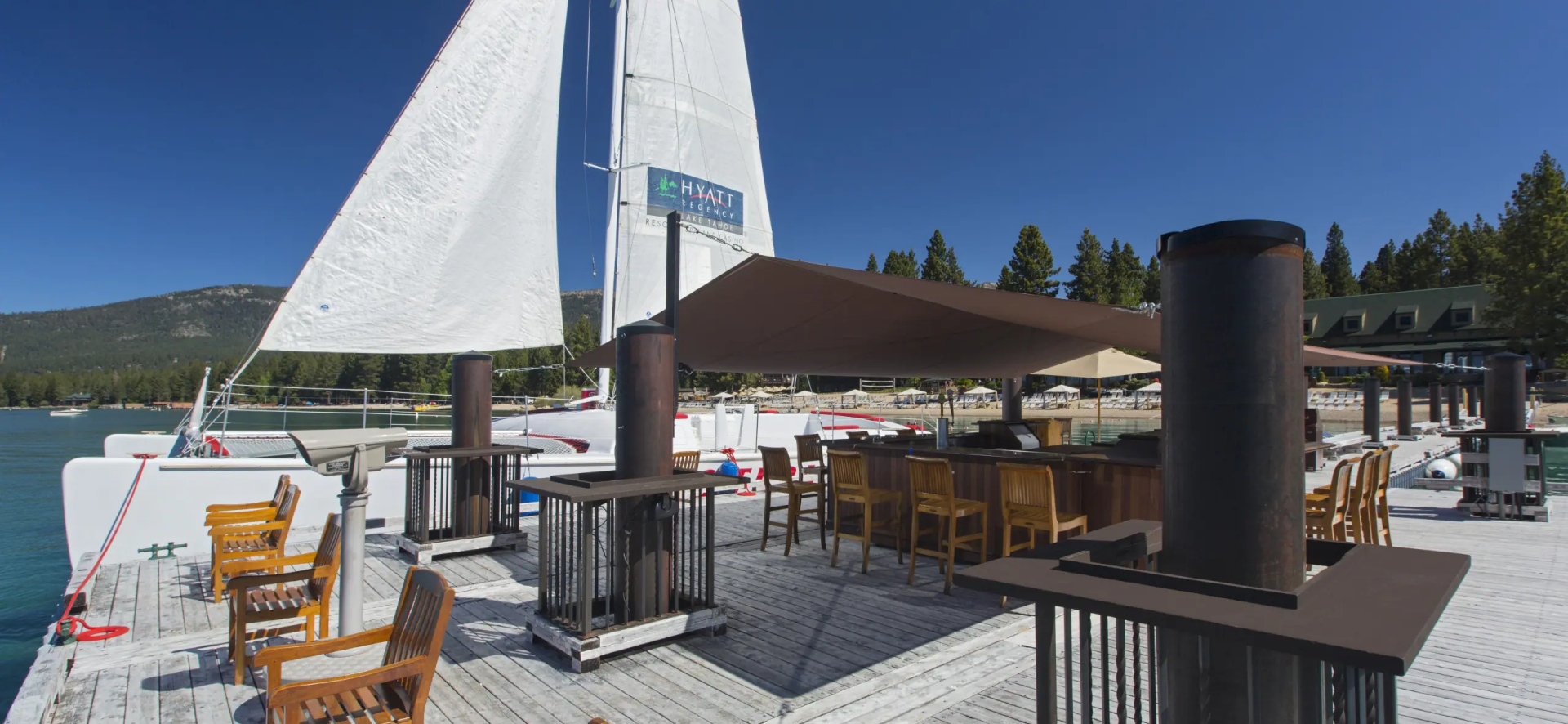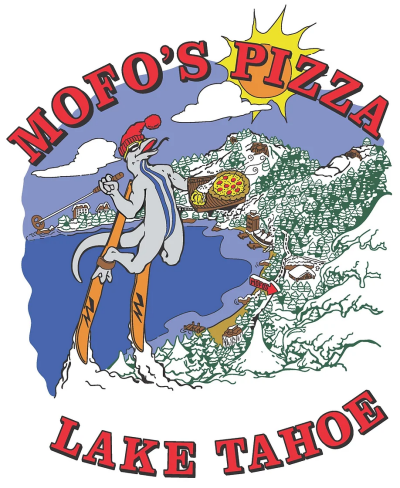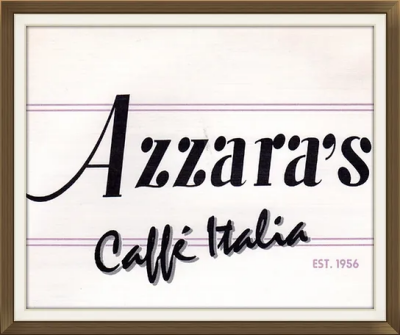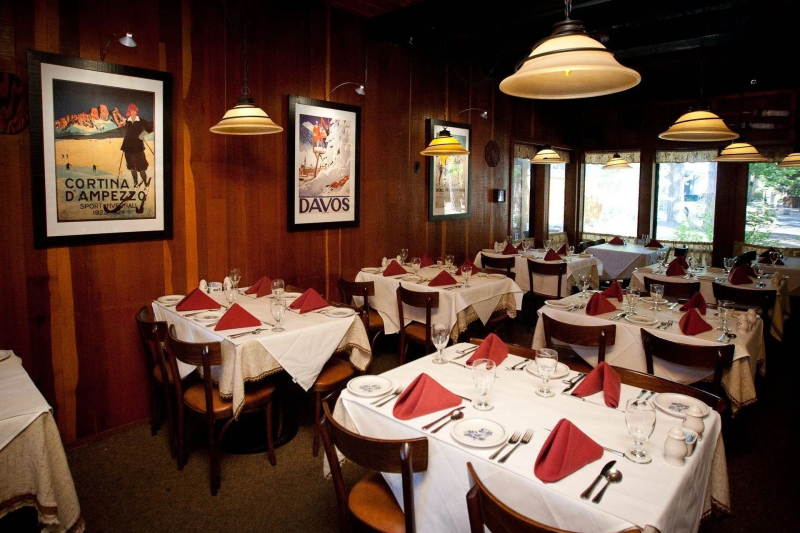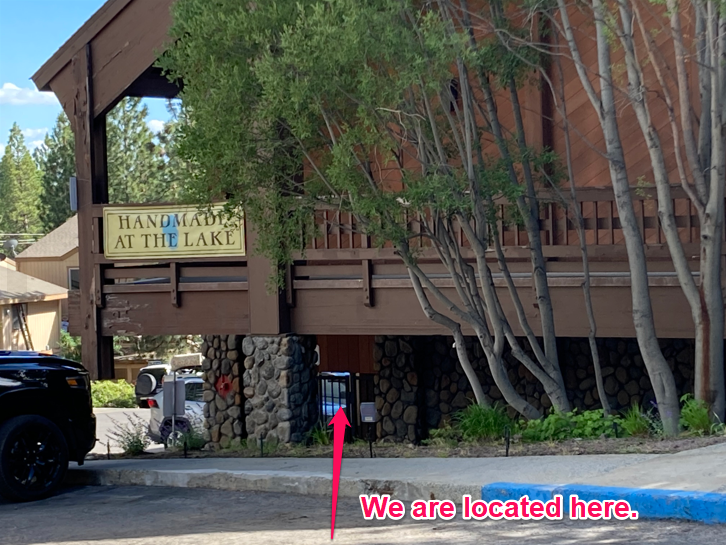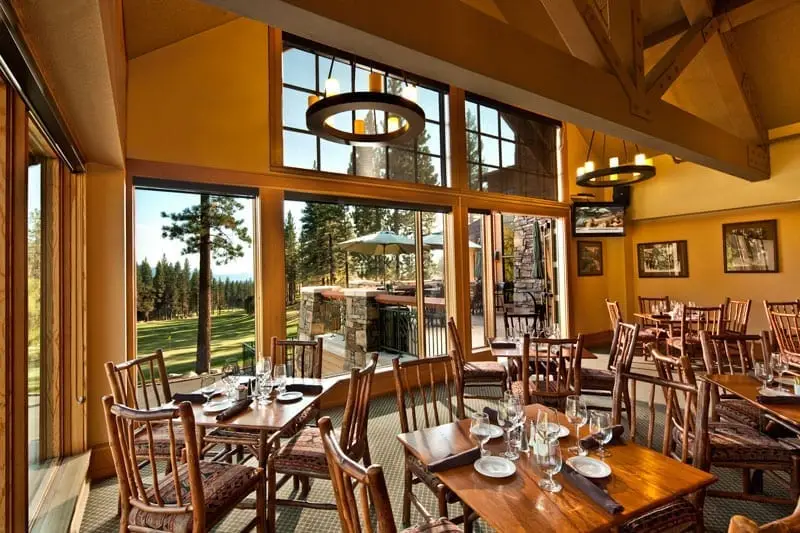Incline Village
- NEVADA -
Incline Village, Nevada.
Lat. 39.2237 | Long. -119.9505
Elevation: 6,350′
Incline Village Lake Tahoe is named for the Great Incline Tramway built by loggers in 1878. Today, Incline is home to some of Lake Tahoe’s most stunning mountain retreats. This eastern North Shore enclave features some of the areas most relaxing beaches and a genteel approach to Lake life.
In summer, theatergoers congregate to see the Lake Tahoe Shakespeare Festival at nearby Sand Harbor. Mountain bikers can get their game on with screamers down the Flume trail, which drains into the Village. Winter sees snow sliders trooping to Diamond Peak Ski Area (in the city limits) and Mt. Rose Ski Tahoe. Additionally, the casino gaming here is uptown and lively. Visit Go Tahoe North.
-
Incline Village, Nevada, is a picturesque community located on the northern shore of Lake Tahoe, known for its stunning natural beauty and outdoor recreational opportunities. The history of Incline Village is deeply intertwined with the development of the Lake Tahoe region and the broader history of Nevada.
Early History
Before the arrival of European settlers, the area around Lake Tahoe, including what is now Incline Village, was inhabited by the Washoe people. The Washoe used the Lake Tahoe Basin as a summer retreat, relying on its abundant resources for fishing, hunting, and gathering.
19th Century: The Lumber Industry
The modern history of Incline Village began in the mid-19th century with the discovery of the Comstock Lode in Virginia City, Nevada. This discovery led to a massive demand for timber to support the burgeoning mining industry. In 1878, a lumber company established the Sierra Nevada Wood and Lumber Company in the area now known as Incline Village. The company built a flume system to transport lumber from the mountains down to the lake, where it could be shipped across to the mines in Virginia City.
The name "Incline" comes from the Great Incline Tramway, a large wooden slide used to move logs from the mountainside to the lake. The lumber industry dominated the area for several decades, contributing to the deforestation of the Lake Tahoe Basin.
20th Century: The Birth of a Resort Community
By the early 20th century, the timber industry had largely exhausted the area’s resources, and the logging operations were gradually abandoned. The region began to transition into a more recreational and tourist-focused area. In the 1930s, Lake Tahoe became a popular destination for wealthy vacationers from California and Nevada.
In the 1960s, the Crystal Bay Development Company, led by Art Wood, developed Incline Village as a planned resort community. This development included residential areas, recreational facilities, and the construction of the Incline Village Golf Courses. The development aimed to create a high-end community that catered to affluent visitors and residents, and it set the tone for the area's future growth.
Modern Era: A Premier Destination
Incline Village continued to grow throughout the latter half of the 20th century and into the 21st century. It became known for its luxury homes, excellent schools, and extensive recreational opportunities, including skiing at nearby Diamond Peak, hiking, boating on Lake Tahoe, and golfing. The area also attracted a year-round population, many of whom were drawn to the community's natural beauty and outdoor lifestyle.
Today, Incline Village is one of the most sought-after locations in the Lake Tahoe area, known for its stunning lake views, well-maintained facilities, and strong sense of community. It remains a popular destination for both permanent residents and seasonal visitors, offering a mix of tranquility, luxury, and adventure.
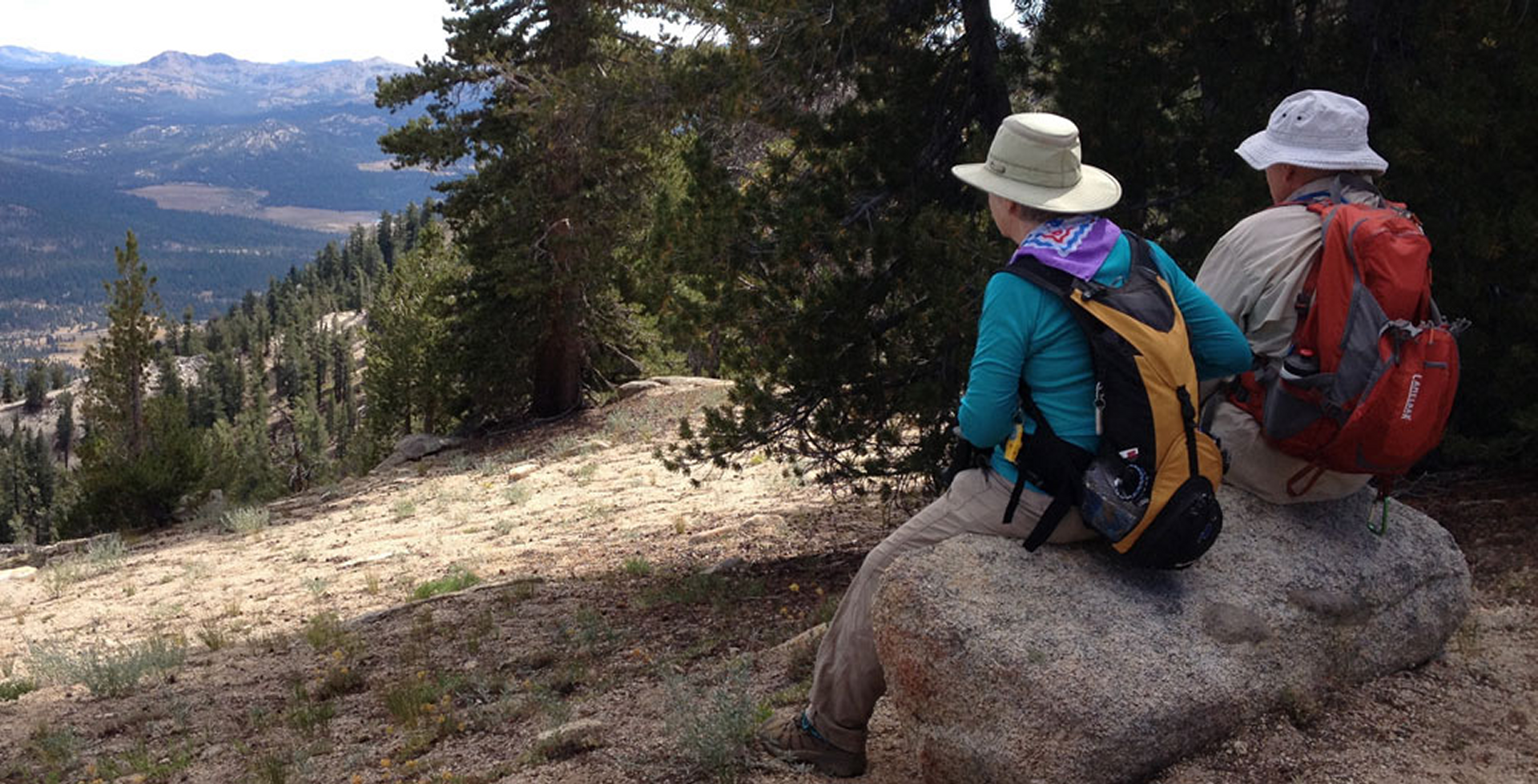
Tahoe Rim Trail Association
Village Ski Loft is North Lake Tahoe’s best specialty outdoor store. Their focus has always been to provide you with the best goods and services in the Lake Tahoe basin for skiing, snowboarding, mountain biking, and hiking. Their crew is comprised of die hard riders of all types and when they’re not at the store, chances are, they’re out shredding too. Passion like this ensures that their staff identifies with your needs and can help you make choices that lead to better rides and more fun!
Rent a well maintained, light mountain bike at the trailhead for the Flume Trail. All rentals include, helmet, pump, spare tube, & water bottle.
Flume and Tahoe Rim Trail shuttles are available everyday during the season, with shuttles running on the hour.

Hyatt Regency Lake Tahoe Resort, Spa and Casino
Tahoe Adventure Company leads high quality adventure travel trips and tours with a focus on experiencing the natural beauty of the surrounding mountains, trails and brilliant waters of Lake Tahoe. Their goal is to offer the highest quality, most enlightening adventure tours in the Lake Tahoe area. Their knowledgeable, safe, and friendly guides offer exceptional service and strive to help create a memorable adventure for your group.

DIAMOND PEAK
Welcome to Le Bistro restaurant at Incline Village. They are a small fine dining restaurant serving contemporary French fusion cuisine. They source only the highest quality ingredients focusing on local, seasonal and organic produce. Gluten free, vegetarian and vegan options are available.
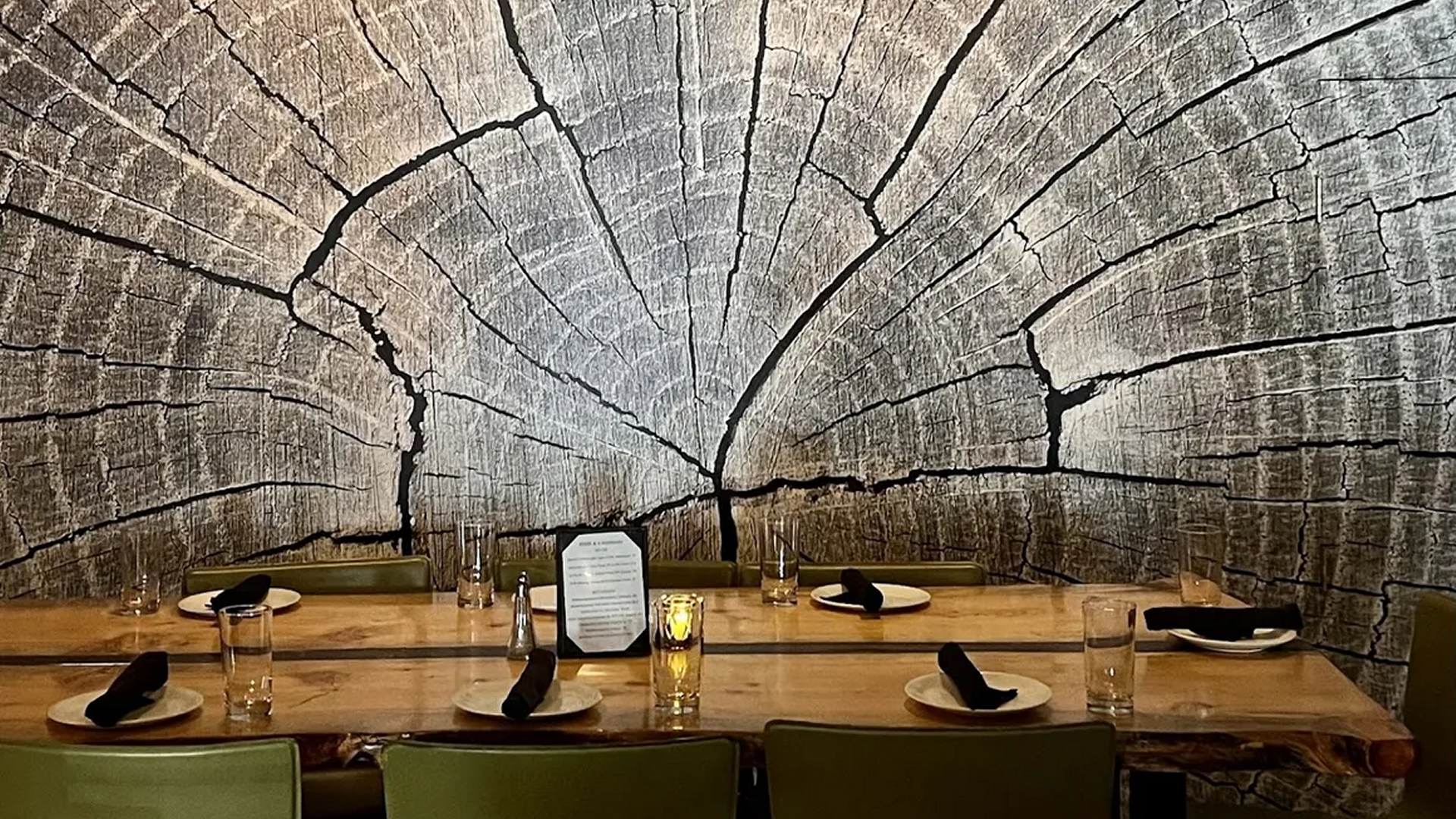
BITE
Scooped, blended, and hand-dipped with care, they celebrate the classics mixing in a few modern twists and custom creation with their shakes, smoothies, boba, and shaved ice. For years, Susie Scoops has called Incline Village home, winning awards for the Best Ice Cream in North Lake Tahoe and becoming a neighborhood gathering place as a must-try for all ages when visiting the area—bringing people together over a scoop.
Crosby’s Kitchen & Cocktail is a restaurant and bar in Incline Village, NV offering family-style service with options for everyone. Grab a booth for all-day brunch, lunch or dinner. Sit at the bar to sip a specialty cocktail and enjoy sports or gaming. The bar features 10 digital gaming machines along with plenty of TVs to watch any sporting event. On the outside, enjoy the ambiance of their creekside patio garden, featuring native landscaping from their neighbor’s High Sierra Garden with mountain views of The Sierra and North Lake Tahoe. The patio is dog-friendly and usually open from May until November.
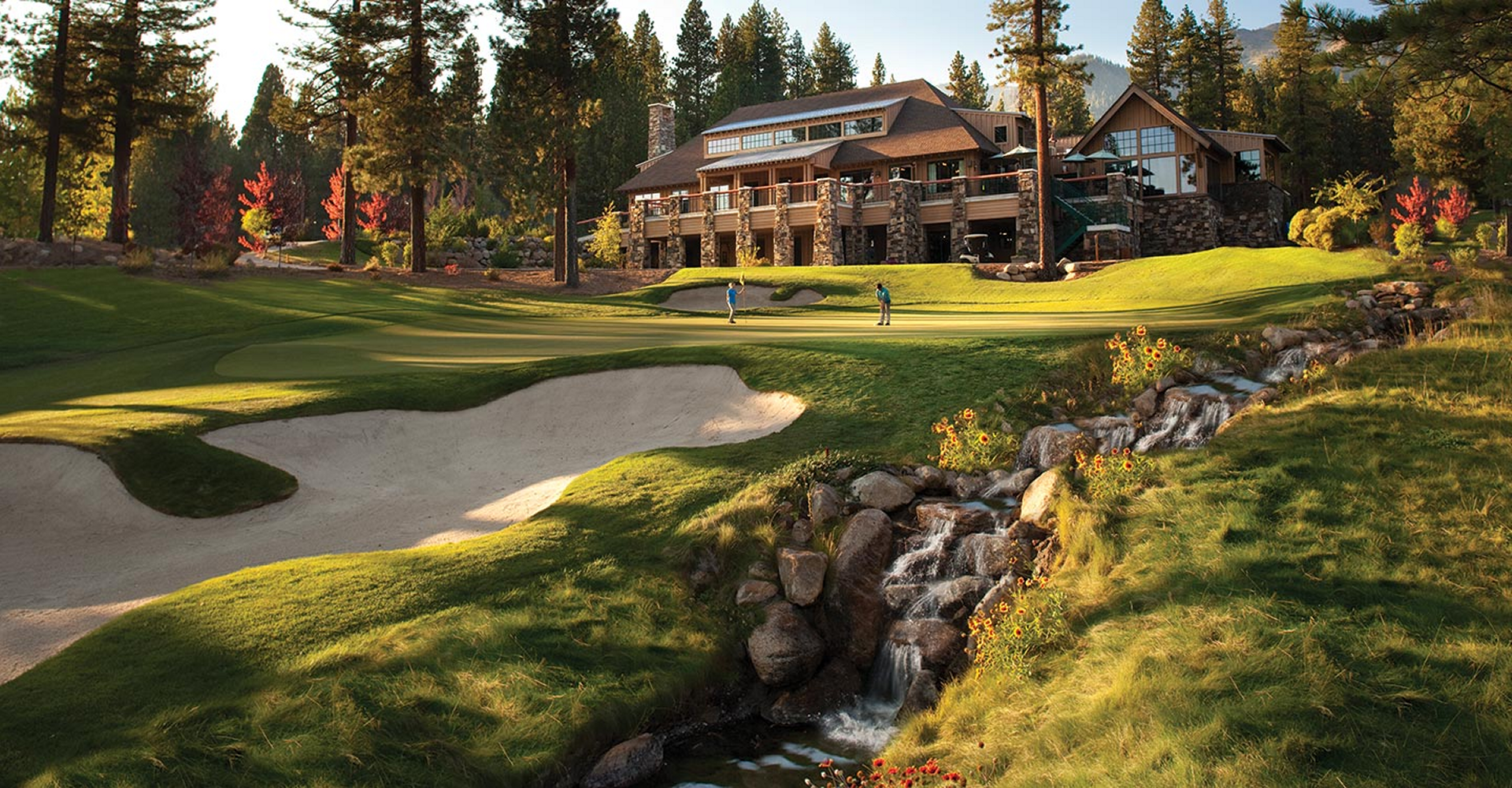
Golf Incline
Bowl Incline is the premier family fun center in north Lake Tahoe…
Bowling, Axe Throwing, Arcade, Billiards, and more!
Mofo's is locally owned and operated my the Morrison Family since 1986. Their Dough is made daily and their ingredients are sliced fresh. Their marinara sauce came from Walter Morrison, a P-38 pilot during World War II. He was shot down over Italy and lived with sheep herders in the mountains for six months before getting back to allied forces.
Specializing In Michoacan Cuisine, Lupita’s brings an irresistible blend from the central Mexican state of Michoacan and the Pacific coastal seafood of Nayarit. One of their customer favorites is the prized secret recipe of their Chicken Mole, combining the sweetness of chocolate and the spice of chilies.
Sam Azzara opened the first Azzara's in Stanton, CA in 1956. His mother, Vita, passed on her old Italian family recipes. In 1978, Sam and his wife, Denise opened Azzara's in Incline Village, NV. Today, their daughter and son-in-law, Andrea and Cord own and operate Azzara's.
At La Fondue, they believe that food is more than just sustenance - it's an experience. That's why they take great care in every step of the cooking process, from selecting the freshest ingredients to serving each dish with care and attention to detail.

Handmade at the Lake
This cozy shop features handmade items made exclusively at Lake Tahoe. Whether something special for your home or a thoughtful gift, you are sure to find a treasure at Handmade At the Lake.
Spooner Summit Snow Play
Located on the East Shore of Lake Tahoe, in Nevada, at the junction of Highway 50 and Highway 28, is the Spooner Summit Snow Play Area. This informal sled hill is just 9 miles south of Incline Village and offers a steep gradient near the top or more mellow terrain if those less daring don’t climb to the top. Sledding is free and participants must bring their own equipment. There are no restrooms at the sledding hill. And remember to take your sled home with you – no sled left behind!
AUSTIN’S
"Comfort food for the soul.” Every morning they dice, slice, shred, mix and bake to make their signature dishes made from scratch.

Big Water Grille
The Grill at the Chateau
Enjoy a beautiful view of the 18th green, mountains, trees and Lake Tahoe from the dining room or patio. The Grille at the Chateau serves quality, fresh, wholesome ingredients and thoughtful service every day during the golf season (May through October). Come sit on their deck and enjoy the views, food, drinks and the friendly Tahoe service. The Grille at the Chateau is located on the Championship Course. Catering is available for small to large groups in The Chateau ballrooms adjacent to The Grille.
Tennis & Pickleball Center
Sitting along a year-round creek, the Incline Village Tennis & Pickleball Center offers eight tennis courts, 15 pickleball courts, and a fully-stocked Pro Shop. The center is located adjacent to the Recreation Center off of Incline Way. Typical dates of operation are mid-May through October, weather permitting.
Clinics, socials, mixers, tournaments, and youth camps are offered throughout the summer months, welcoming locals and visitors alike. Their professional and friendly staff is available to arrange your next game, find you a perfect hitting partner, or answer any racket, stringing, or tennis/pickleball gear questions that you may have.
